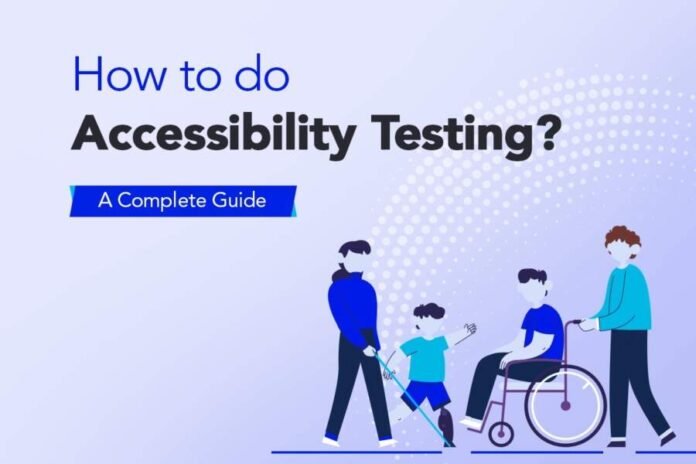Testing for accessibility is extremely crucial. This comprehensive evaluation guarantees that online platforms and applications are user-friendly for individuals with disabilities, eliminating any obstacles to their digital interactions. This article also aims to discuss the importance of accessibility testing, emphasizing key points that underscore its significance.
Legal Compliance
Accessibility testing ensures full compliance with various international and regional accessibility standards and regulations, especially the Web Content Accessibility Guidelines (WCAG). This careful adherence promotes inclusivity and protects organizations from potential legal issues related to accessibility differences.
Making sure that we follow the law by conducting accessibility testing is not just a task to tick off but an important part of our commitment to providing equal access for everyone. Companies that follow recognized accessibility guidelines demonstrate a deep understanding of the various requirements of their users. They ensure that their design and development processes prioritize inclusivity, allowing for smooth navigation of legal requirements. This creates an environment where everyone can easily access digital experiences.
Broader User Base
A fundamental outcome of prioritizing accessibility testing is expanding the potential user base. Creating a user-friendly interface can reach a wide range of people, helping businesses reach new markets.
Exploring the idea of reaching more people reveals a significant change in thinking. Making information easily accessible is not just a requirement but a smart way to connect with new audiences. Organizations can position themselves as pioneers in inclusivity by customizing digital experiences to meet diverse needs. This expanded group of users becomes more than just a target audience – it becomes a community that appreciates and values the dedication to making things accessible.
Improved User Experience
At the heart of consumer user testing tool lies a strong commitment to enhance user experiences. Designing interfaces focusing on accessibility results in user-friendly designs that are simple to navigate and comprehend. This benefits all users, regardless of disabilities.
Expanding on improving user experience involves examining how accessibility and usability are connected. Straightforward and clear design goes beyond simply adhering to guidelines; it strives to establish a meaningful connection with users. Accessibility testing focuses on user needs, ensuring that digital interactions are seamless and enjoyable. It simplifies complex concepts and ensures a user-friendly experience.
Innovation and Creativity
Addressing accessibility challenges often leads to innovative solutions and creative ideas. Organizations prioritizing accessibility encourage a culture of finding solutions and constantly getting better, which helps them stay at the forefront of innovation.
Brand Reputation
Accessibility testing is an important aspect that ensures everyone can use the product. This dedication to inclusivity promotes a more understanding and accessible design philosophy, where digital experiences overcome obstacles and connect with a wider range of users.
Users increasingly appreciate companies that prioritize inclusivity and are willing to engage with and support organizations that foster a diverse and accessible digital environment. This, in turn, helps to increase the brand’s reputation significantly.
Mobile Accessibility
In an era dominated by mobile devices, accessibility testing becomes pivotal in ensuring websites and applications’ universal usability across screen sizes and input methods. This commitment contributes to a seamless user experience, especially on the dynamic landscape of mobile platforms.
Expanding on the concept of mobile accessibility unravels the intricacies of user expectations. Mobile devices aren’t just secondary platforms but primary conduits for digital interactions. Accessibility testing transcends beyond adaptation when applied to mobile platforms; it becomes a proactive approach to crafting user experiences that seamlessly transition across devices, ensuring continuity and accessibility in an increasingly mobile-centric world.
Cost Savings in the Long Run
Integrating accessibility testing into the development process can lead to significant cost savings. It’s more cost-effective to address and resolve accessibility issues early in the design and development process rather than fix them later in the product’s life cycle.
Exploring the economic side of accessibility testing reveals a practical way to manage costs. In addition to avoiding fixes after the fact, organizations gain advantages from simplified development processes. Investing in accessibility is a smart move that saves money and shows that organizations are committed to using efficient and future-proof development practices.
Conclusion
In a nutshell, accessibility testing goes beyond compliance and becomes a strategic investment that promotes inclusivity and user-friendly digital experiences. Embracing accessibility expands the reach of organizations and improves their reputation, leading to a better online experience for all users. To ensure a prosperous and welcoming future, it is essential to prioritize the accessibility of digital resources as technology continues to advance.






























































